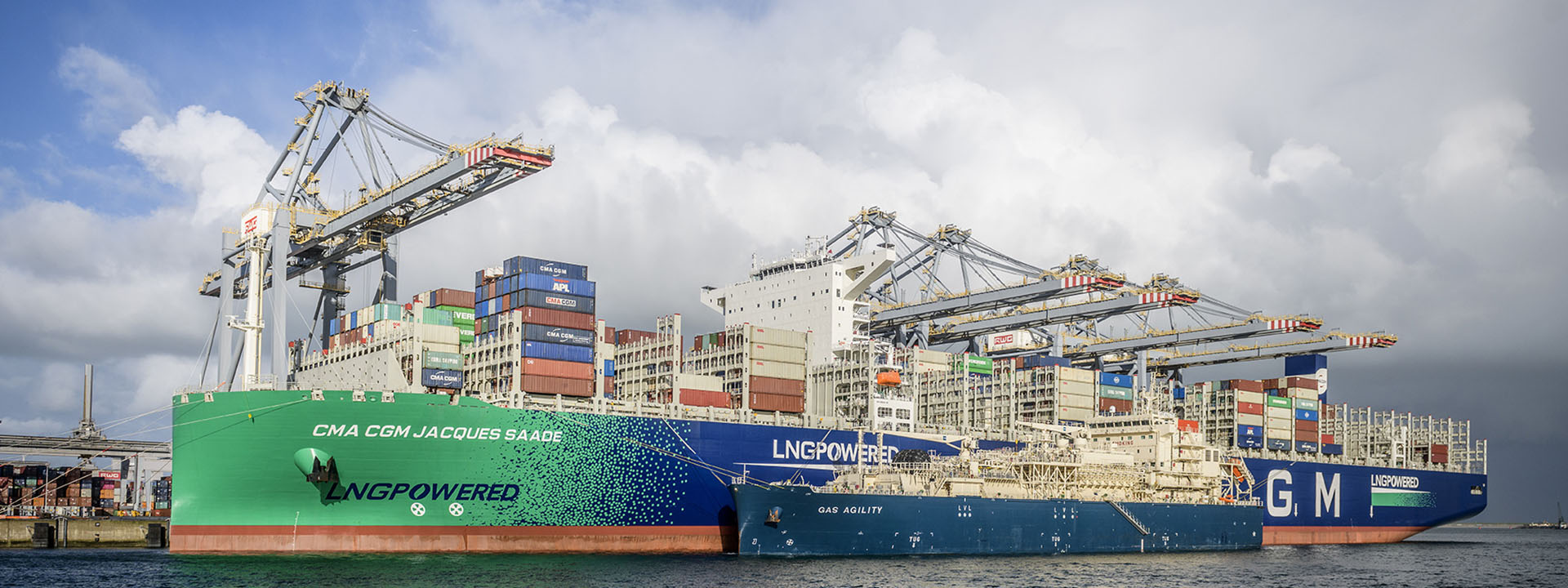
LNG Fuel Management
HEEL MANAGEMENT
Combined with the voyage management module, it predicts the quantity of LNG fuel required to reach the destination. It takes into consideration the different navigation environment and the associated power curves. Keeping sufficient heel helps also optimise the bunkering duration by starting the cooling down before reaching the LBV or the terminal. The module can also predict the total duration of the cooling down and the bunker depending on the voyage profile or the tank condition at arrival.
PUMP TRIPPING MITIGATION
It aims at anticipating the risk of fuel pump tripping, according to the LNG level in the tank and the weather forecast on the ship’s route. The embedded algorithm is trained on hydrodynamic simulations for a large set of sea conditions and ship’s loading case which allows predicting the leg of the trip at risk with regards to the fuel pump tripping. Mitigation actions such as speed reduction, heading optimization or weather routing can be proposed to help the crew to manage the situation.
HOLDING TIME
It gives the crew an indication of the maximum time the tank(s) can hold the pressure rise before activating an emergency procedure.
ROLL-OVER PREVENTION
Two cargoes with different densities can generate a stratification, which can lead to a sudden inversion of liquid phases, generating extreme quantity of Boil-off Gas. The application assists on cargo management to prevent rollover.
LNG AGEING
LNG is a living cargo, and its composition and thermodynamic properties will change over time. The LNG ageing module predicts the cargo thermodynamic evolution such as the methane number, holding time, calorific value, temperature and the pressure profile.
BUNKER MIXING TOOL
It helps the crew predict the resulting quality of the LNG fuel when mixing the new bunker with the remaining on-board. The LNG ageing feature can complement this module as it allows predicting the quality of the remaining on-board before the next bunkering operation.


